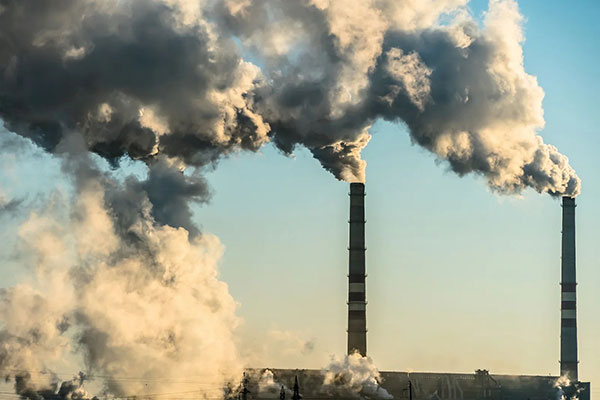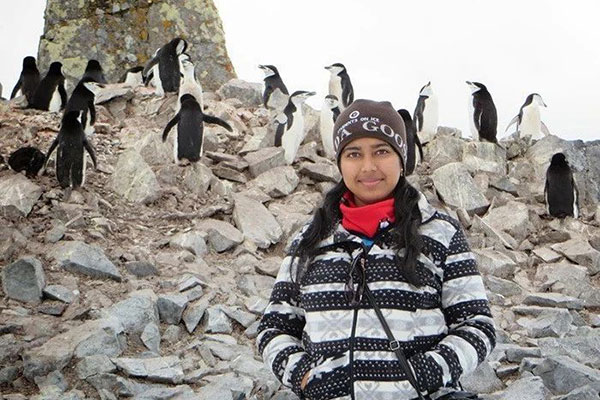What is COP26
What is COP26
UN Climate Summit
In the wake of a summer of intense heat, flooding, and wildfires, and amid an ongoing pandemic, some policy and climate experts are calling this year’s conference, COP26, our “last hope” for meeting the world’s Paris Agreement goal. For Canada — the only G7 country other than the U.S. where emissions have risen every year since the agreement — COP26 could nudge decision-makers towards making fathomable climate promises.
COP stands for Conference of the Parties, and will be attended by countries that signed the United Nations Framework Convention on Climate Change, a treaty that entered into force in 1994. The 2021 meeting will be the 26th meeting, which is why it’s called COP26.
What is COP26?
The talks gather policy-makers, scientists, environmental activists, and climate experts from the 197 member countries of the United Nations Framework Convention on Climate Change to set and work towards global climate change goals.
(since 1995)
COP has been held every year for the past 27 years, except 2020, when it was cancelled due to the COVID-19 pandemic.
The meetings serve as a stage for countries to make commitments on climate change — promises they can be held accountable for by other countries and delegates. Each COP features talks from climate experts, panels with policy-makers, and closed sessions with government officials who negotiate on global climate targets. At COP26, delegates are expected to finalize the Paris Rulebook, first set forward in 2015, and wrap up other important points from the United Nations Framework Convention on Climate Change and the Kyoto Protocol.
Past COPs have produced some key climate commitments: the 2015 Paris Agreement, which aims to limit global warming to 1.5 C, was adopted at COP21. The Kyoto Protocol, another landmark agreement promising to cut back on global greenhouse gas emissions, was adopted at COP in 1997.
The rise of the youth climate movement and growing awareness of the climate crisis have also spawned additional events. Prior to COP26, the Youth4Climate: Driving Ambition meeting took place in Milan, Italy, from Sept. 28 to 30. Four hundred young people from across the globe attended the meeting and created a list of nearly 20 demands for world leaders that will help inform the negotiation process at COP26.
Also before the climate conference, TED is set to host a virtual event on Oct. 30 featuring talks that will present “a real pathway to achieving net-zero.”
Where is COP26 being held?
Why does COP26 matter, and why do some view it as our last chance to get on the right track?
John Kerry, the United States’ special presidential envoy for climate, has called the meeting the “last, best hope” for the world to act on the climate crisis. Earlier this year, Pope Francis, the Archbishop of Canterbury, and the spiritual leader of Orthodox Christians published an open letter asking for climate talk participants to “listen to the cry of the Earth.” The Climate Vulnerable Forum, a group of countries dealing with the brunt of climate change, has said the event is essential to climate action this decade, and called for a “climate emergency pact” to be put forward at COP26.
I know, we say this every time … that this is the big one, but this is the climate ambition-raising COP.
“I know, we say this every time … that this is the big one, but this is the climate ambition-raising COP,” said Turcotte.
During the Paris Agreement, countries promised to update their nationally determined contributions — the emission-reduction targets and goals unique to each country — every five years. COP26 was delayed a year due to the pandemic, so countries are now a year behind on the first post-Paris milestone.
Last month’s Intergovernmental Panel on Climate Change report sounded the alarm bells, warning the world’s Paris target of limiting global temperature rise to 1.5 C is slipping out of reach, making the timing of this year’s COP especially pertinent.
Having the conference already put off by a year also makes it more pressing, says Ian Bailey, a professor of environmental politics at the University of Plymouth in England.
Putting off COP26 has meant many countries, including some of the biggest emission contributors, such as the U.S. and China, have already submitted their updated climate goals, Bailey explains. Originally, countries would have run their goals past other participants, who would then encourage each other to strengthen their promises. However, with COP26 being delayed by a year, that now isn’t the case, and Bailey says many countries still “fall short” of the commitments necessary to meet the world’s Paris target.
What are the main goals of the conference?
COP26 has four main goals:
Keep 1.5 C of warming within reach and secure net-zero emissions by 2050
Preserve natural habitats by maintaining and restoring ecosystems, which includes preparing communities for the impacts of climate change
Complete rich countries’ promise to put forward at least $100 billion in climate finance per year by 2020, and get international financial institutions to contribute to net-zero initiatives
Work together to finalize rules proposed during the Paris Agreement and collaborate to tackle the climate crisis
It also provides some detail on how the world could move closer to net-zero, such as by accelerating the phaseout of coal around the world.
Funding for climate action — particularly the commitment from rich countries to provide $100 billion in climate finance per year by 2020 — will be a major topic of discussion at COP26. Canada is co-leading the development of an international climate finance action plan ahead of COP26 alongside Germany, which they say will help low-income countries deal with and fight climate change.
The G7 summit earlier this year — which included Canada, France, Germany, Italy, Japan, the U.K., the U.S., and the EU — failed to commit any new funding to address the world’s climate goals, and developing countries are urging rich nations to cut emissions faster and provide more financial support to poor nations vulnerable to the climate crisis. A September 2020 report from Oxfam found carbon emissions of the most wealthy one per cent were more than double those from the poorest half of the world.
Share this page
Why are some climate activists calling to postpone COP26?
Calls to put off COP26 have been mounting in the lead-up to the conference, with over 1,500 environmental groups pushing for the event to be postponed due to the pandemic.
They worry the lack of access to COVID-19 vaccines and the expense of quarantine and travel for delegates from many countries mean the Glasgow-based event won’t be as equitable or effective as it should be. Although five billion doses of the vaccine have been administered across the world, only around 15 million of those doses went to low-income countries, many of which are on the U.K.’s “red list” — meaning unvaccinated individuals would need to complete a costly 10-day quarantine in a hotel.
Inequality and climate injustice is already the heart of the climate crisis. If people can’t be vaccinated and travel to be represented equally that’s undemocratic and would worsen the problem.
“Inequality and climate injustice is already the heart of the climate crisis. If people can’t be vaccinated and travel to be represented equally that’s undemocratic and would worsen the problem,” tweeted Thunberg.
“Vaccine nationalism won’t solve the pandemic. Global problems need global solutions…”
So far, the meetings are set to go ahead. On Sept. 10, COP26 announced some vaccines were sent out to delegates in poorer countries, and that a fund has been started to cover quarantine costs for those who will be required to isolate after travelling to the U.K.





